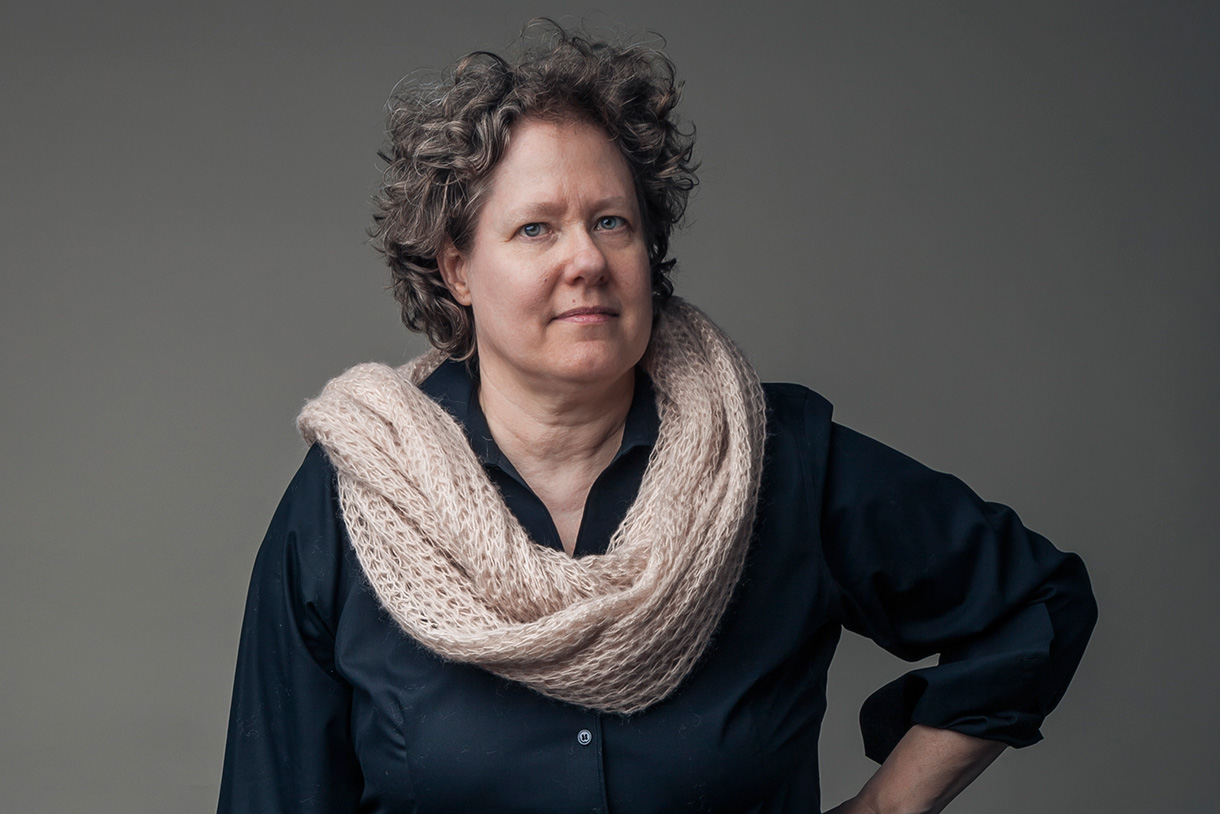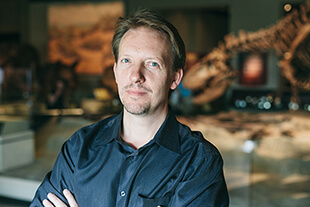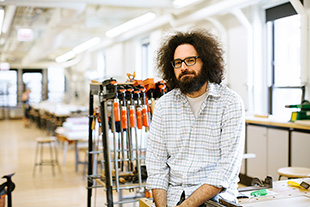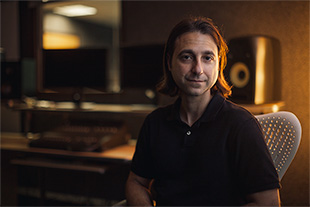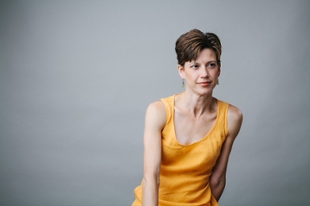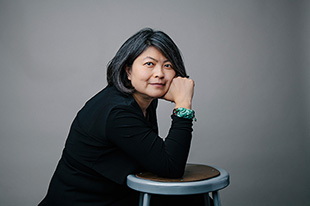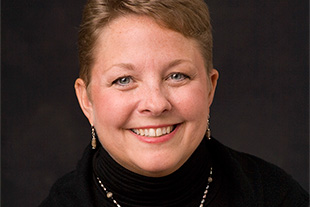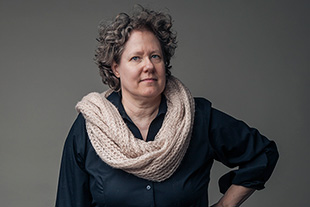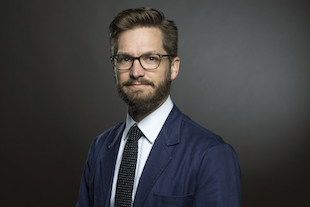Joan Giroux
Visual Arts
Joan Giroux demonstrates how artists can inspire their community to find the one trait that she believes everyone possesses: a “capacity for goodness.”
Columbia College Chicago challenges its students to create change, and at least one professor can show you how. According to Joan Giroux, associate professor in the School of Visual Arts, “Art and making art are about finding a purpose beyond oneself, and this is the thing that I hope to help my students find. People can and must engage in social action.”
Early Engagement
Activism is a way of life for Giroux. Growing up in Syracuse, New York, she recounts time spent handing out anti-Vietnam War flyers with her fiercely civic-minded parents as “some of the best childhood days, when people joined together in a common cause and out of the conviction that something mattered.” Another important influence in her life has been studying, teaching, exhibiting, and collaborating abroad in such far-flung places as Berlin, Japan, Israel, and South Korea. Giroux creates handmade objects, digital photomontage, and kinetic sculptures that “address the concepts of mobility, potential, boundaries, and change.”
Recently, Giroux took a sabbatical and volunteered at hospice (a type of care that caters to the medical and emotional needs of the incurably ill) in order to better understand her late mother, a retired nurse who had volunteered in the same way.
“You’re sort of like an intimate stranger,” Giroux says of the experience. Faced with death, patients are in a heightened emotional state, and the caretaker is both immersed in and removed from the experience. Giroux has explored the ideas of death and loss through art.
Giroux created an acrylic hospital bed frame, exhibited in 2010, after her mother died. Emblazoned with phrases such as “always stern” and “time and space frozen,” the piece “represents a tableau of her life, while simultaneously creating a contemplative space in which one may reflect upon one’s own relationships to caretaking, vulnerability, and cycles of living and dying.”
Columbia the Melting Pot
In the classroom, Giroux shows students how to engage in thinking that explores diversity and understanding in and outside of the classroom. And she couldn’t have picked a better environment in which to do it. She compares Columbia to the Island of Misfit Toys.
“I like the eccentricity of our students,” she says. “It makes me feel like people can be tolerant of and celebrate difference as opposed to sameness.”
With all of her activities—making art, teaching, and collaborating with her colleagues—Giroux is a highly visible presence at Columbia. Authentically compassionate, intellectual and energetic, she demonstrates how artists can inspire their communities to find the one trait that she believes everyone possesses: a “capacity for goodness.”
